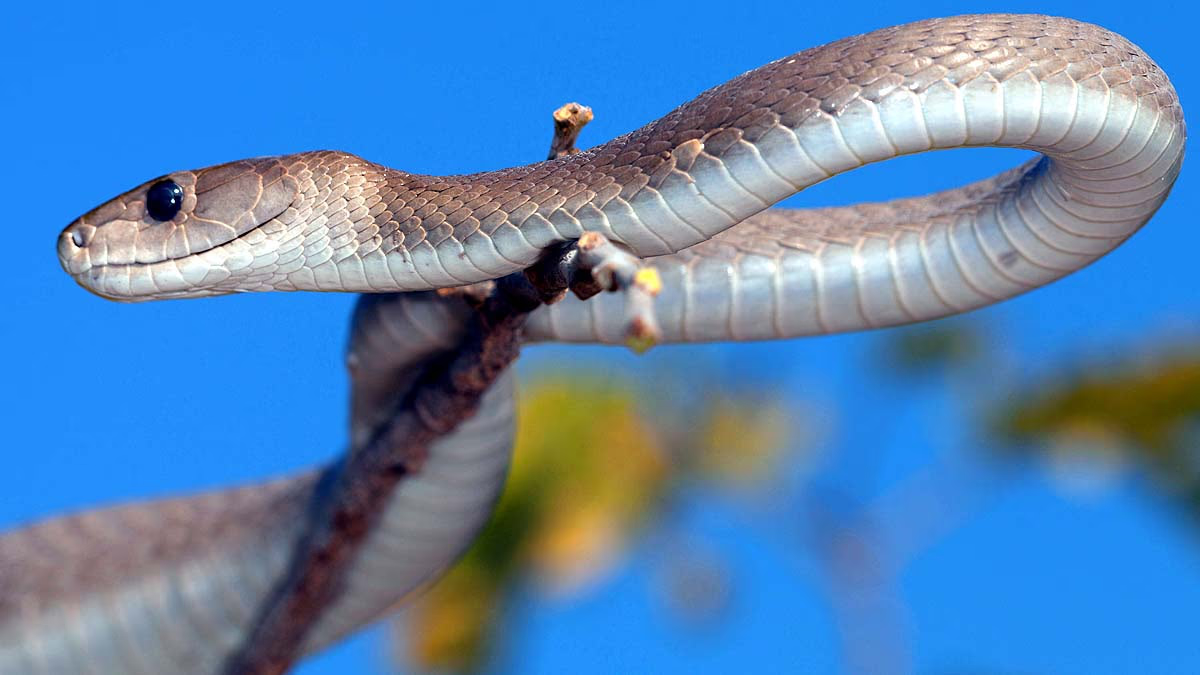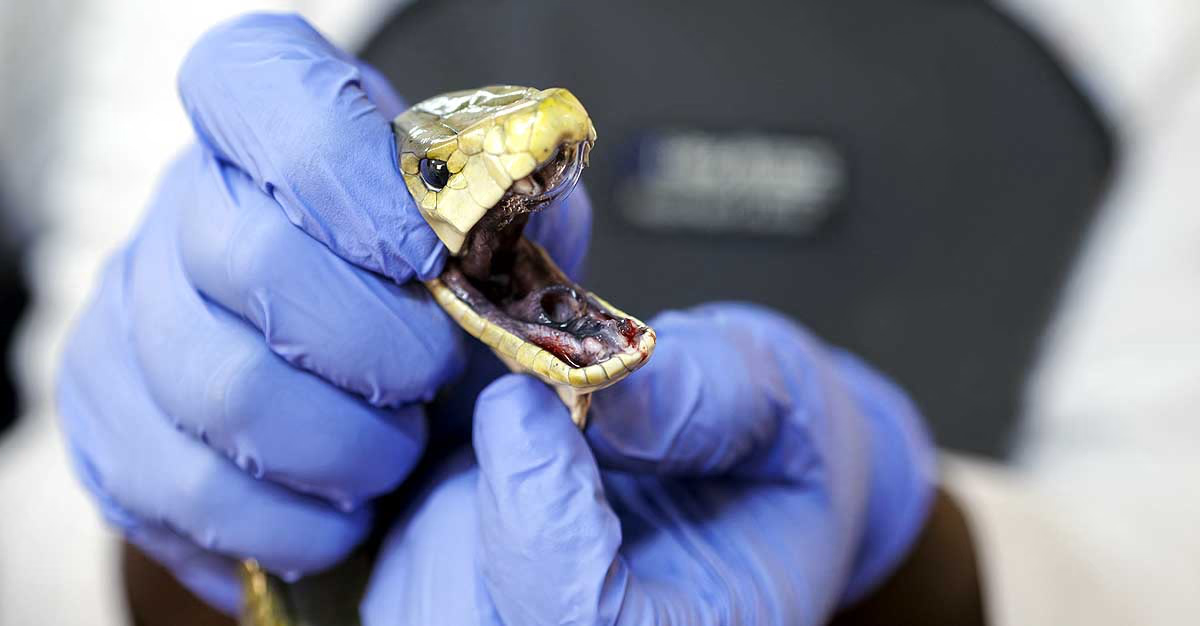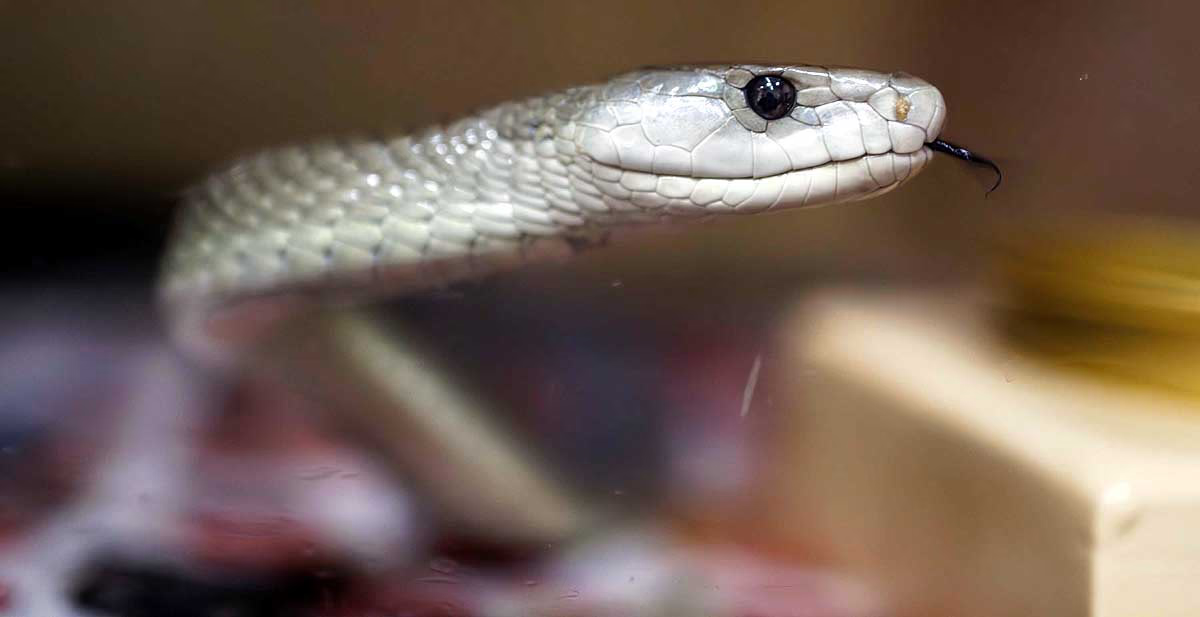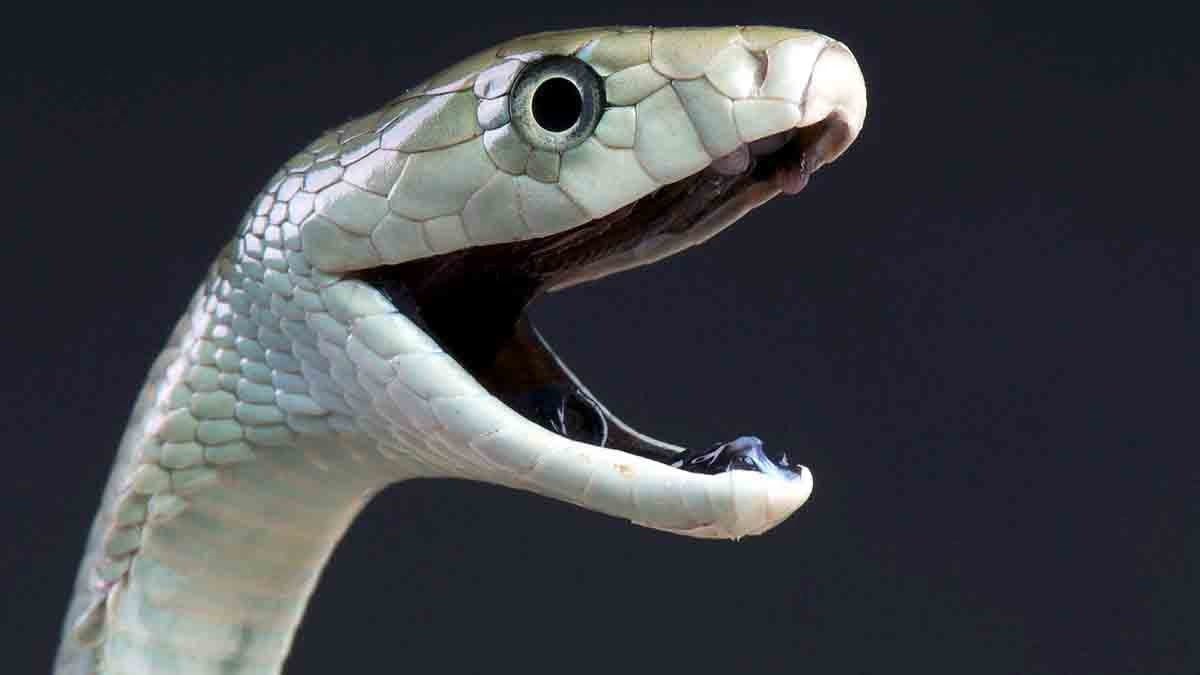The bite of a Mamba snake is a death sentence in Africa. However, scientists have made a startling discovery – sometimes, after administering antivenom (an antidote), the patient's condition worsens. Why? The venom contains two types of toxins. The antivenom neutralizes one but activates the other.
This revelation, published on September 26 in the journal 'Toxins,' could help prevent over 30,000 snakebite deaths annually in Africa.
Also Read: The story of the Sir Creek border with swamps, snakes, and scorpions, for which Rajnath Singh warned Pakistan.
Mamba snakes belong to the Dendroaspis genus, which includes four species: Black Mamba, Western Green, Jameson, and Eastern Green. The Black Mamba is the most dangerous, and a bite is almost always fatal. Just two drops of venom can kill. These snakes are found in sub-Saharan Africa (the Sahel region). The venom is rich in neurotoxins that attack the nervous system. Without treatment, within an hour, the respiratory tract becomes paralyzed, and the heart stops. The patient cannot move or breathe.

Source: aajtak
The Mamba venom 'hacks' nerve receptors in muscles, preventing signals from the brain from reaching the muscles. Molecular biologist Bryan Fry (University of Queensland) says the muscles can't contract – leading to flaccid paralysis.
Flaccid Paralysis: Muscles become limp and unresponsive. This is the main effect in Western Green, Jameson, and Black Mambas, making breathing difficult.
Spastic Paralysis: The opposite effect – nerve signals overload, causing muscle spasms. The airways close. This was once thought to only occur in the Eastern Green Mamba.
Fry states that spastic paralysis is deadly, but flaccid paralysis is more intense.

Source: aajtak
Old belief: Only flaccid paralysis occurs in the other three Mambas. But Fry's team tested neuromuscular tissues in lab animals. Upon adding venom, other Mambas showed no effect, but upon stimulation, muscles couldn't contract.
The antivenom (three brands available in Africa) treated flaccid paralysis effectively but then facilitated the emergence of spastic paralysis. The antivenom neutralized the first toxin, allowing the second toxin (which had been hidden) to become active. The antivenom proved weak against spasticity.
Fry believes that spasticity was always in the background, but flaccid paralysis masked it.

Source: aajtak
Black Mamba venom varies based on location. Kenyan and South African snakes' venom affects tissue differently. Antivenom also works differently. Andreas Høegard Løsten-Kuhl, a biotechnologist from Denmark, says understanding venom differences is crucial for developing effective antivenoms against each toxin.
This discovery will improve antivenoms, leading to drugs with strong antibodies against both toxins. Fry will now conduct more research on Black Mambas – comparing antivenoms regionally. Doctors will gain data, enabling better treatment strategies. This study will make treatments safer and more effective.




